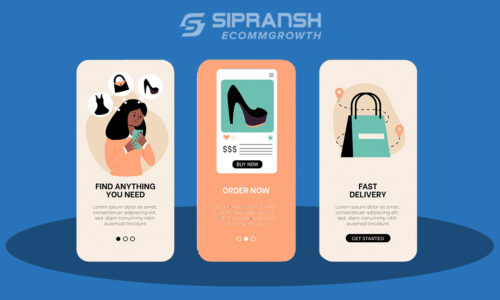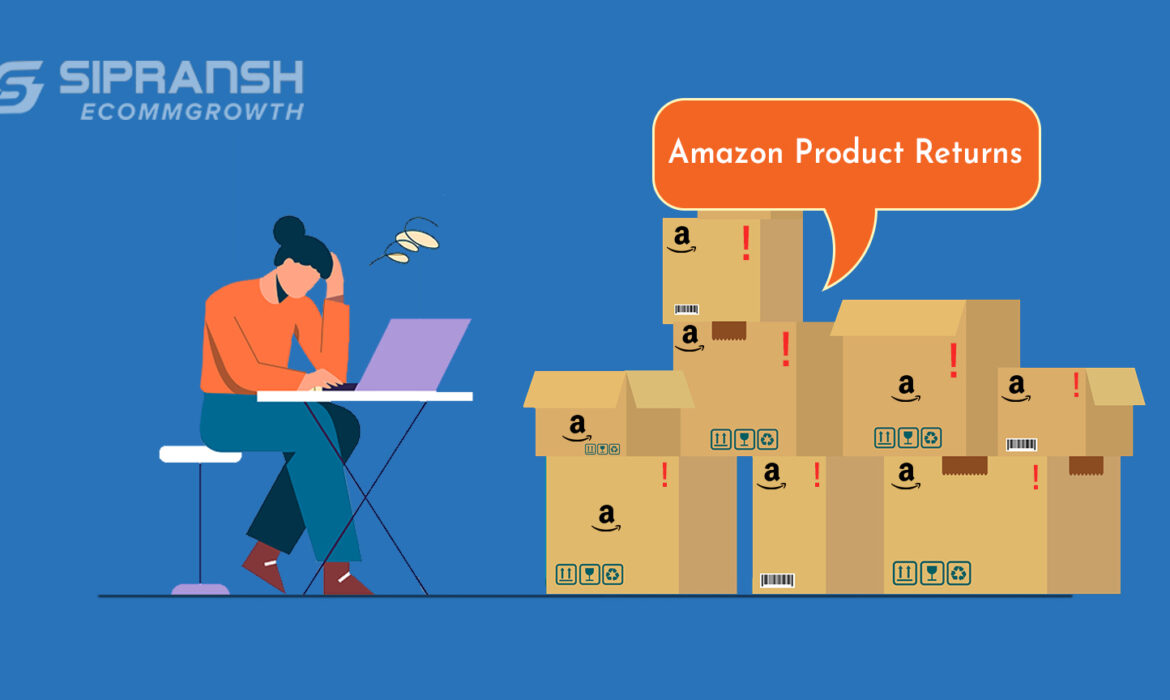
You can cut down the number of unwanted Amazon returns that occur frequently around special occasions and holidays by incorporating these strategies into your Amazon listings.
For many Amazon sellers, the holidays and Amazon sale events always come with a double-edged sword, while they generate large sales, they wish they could lower the amount of Amazon returns that eat into their profitability, particularly in the fourth quarter. Many merchants have “return-magged on” to look forward from December through the end of January, especially during the holiday season.
As many of you are aware of the Amazon Returns Policy, accommodating an excess of the merchandise being delivered back to your holding facility, whether it be a warehouse or one of Amazon’s FBA facilities, can be rather expensive for third-party private label sellers.
To put things in a better perspective, remember that figure only includes return shipping costs. As a seller, you’re probably paying considerably more than that, such as processing, restocking, and reselling costs after things are received. If you sell through FBA, you may also be subject to inventory removal and disposal charges if Amazon determines that your item is unsellable. Returns can substantially reduce your profits if they are not controlled.
Fortunately, you may take action to reduce your Amazon return rate. In this article, we’ll go over those tactics and discuss what to watch out for when estimating how many returns you’ll get during the year.
Approximately 20–40% of your transactions are returned, however, Amazon prefers that this percentage stay under 10%. This means that you must reduce returns; it is not an option. They can eat up all of your profits and damage the reputation of your brand if they are not dealt with. Thankfully, there are several things you can do to lower that percentage. Here are some suggestions you can use to significantly reduce your return ratio.
1. 360-Degree Product Images
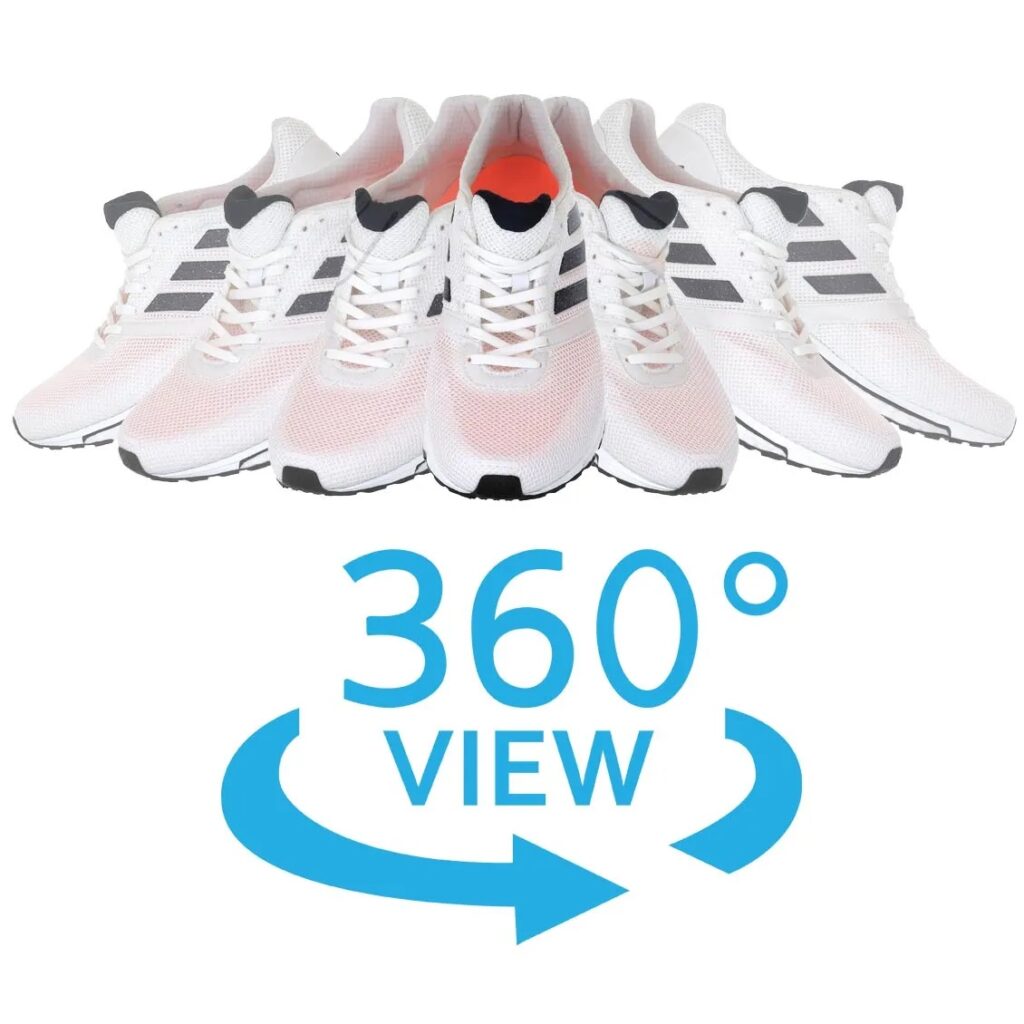
There are a thousand words in a picture. Make a good first impression because the product image on Amazon is the initial point of contact with potential customers. But how do they relate to Amazon returns?
Selling on an e-commerce platform is fundamentally different from doing it in a traditional brick-and-mortar business. In a retail setting, customers can visually evaluate and assess the quality of the goods. On the other hand, clients receive relatively few visual clues regarding the product they are going to buy through e-commerce sites. Sellers must close that gap by using outstanding 360-degree product images. The greatest strategy to reduce returns is to make sure your clients have a complete understanding of the product. Don’t forget to include important visuals so that the customer understands exactly what they are purchasing.
2. Complete Product Details

Make sure to cover any aspects that a photo can’t adequately convey in your product description. A thorough product description is essential for lowering returns on Amazon since it reduces the frequency of erroneous purchases. Customers will be informed of all the elements of the goods, including important details like its dimensions, available colors, and construction materials, in a thorough description. When a consumer is certain of what they are purchasing, they are less likely to return the item after it has been delivered. Make sure to include important information in your product title so that customers can easily find it.
Instead, choose to provide customers with all substantiated information regarding your goods, such as:
- Product measurements
- Options for sizing and color
- Materials used in construction
- What components were utilized to create the item?
- Information about warranties and a satisfaction guarantee
- Return Policy Link
- Common FAQs are addressed.
- Expectations and guidelines for using the product
Your clients will enjoy the honesty and will give you greater trust if you increase the amount of pertinent information in your product description. If it matches the thorough description of your goods, this assurance may very well persuade customers to buy it and avoid the “Amazon returns syndrome.”
3. Take Advantage Of Product Videos

Videos make great marketing materials. Make sure your product video fills the gap left by your inability to present a sales pitch in person. Customers that see a product video are better able to comprehend the item and choose it with knowledge. It closes the visual and sensory gap that bothers online customers by condensing your product photos and descriptions into an easily digestible visual package. You must be an Amazon-registered brand to contribute videos and enhanced visual assets.
4. Outstanding Packing

Once a buyer makes a purchase, their online shopping experience is not over. Your sales may soar with the right packaging. Knowing how to pack a product properly is only one aspect of packaging; it’s also important to make sure the right things are being packed in the first place. Always verify orders to make sure consumers are getting the items they requested.
Delivering the incorrect item can seriously damage a customer’s perception of your online store. Make sure to adhere to Amazon’s packaging guidelines while you’re packing your products. This will assist in preventing damage and lower Amazon returns due to damaged goods.
5. Ensure Prompt Customer Service

When a product is being returned, Amazon’s customer-friendly return policies frequently leave you with no choice as a seller. A returned item, however, also presents a chance for the vendor to make improvements. Sellers must respond immediately to consumer complaints and make sure they provide a channel through which customers may voice their opinions.
A quick reaction goes a long way in calming a customer’s concerns and boosting their trust in your company. More purchases and a decrease in Amazon returns can frequently result from a positive customer experience.
6. Utilise Comments & Client Testimonials

Keep an eye on consumer feedback and reviews because they are essential to enhancing your offerings. To reduce your return rates, try to figure out why your product was returned and seek to address that issue. Additionally, contacting the buyer personally is always a good idea. If a client has requested a refund, get in touch to discuss what can be done to make it better and how to ensure that it doesn’t happen again.
A simple exchange of straightforward information can frequently prevent a consumer from giving the seller unfavorable comments. You can go one step further by having your clients complete a brief multiple-choice survey to identify and address root problems.
7. Lower Returns With Competitive Pricing
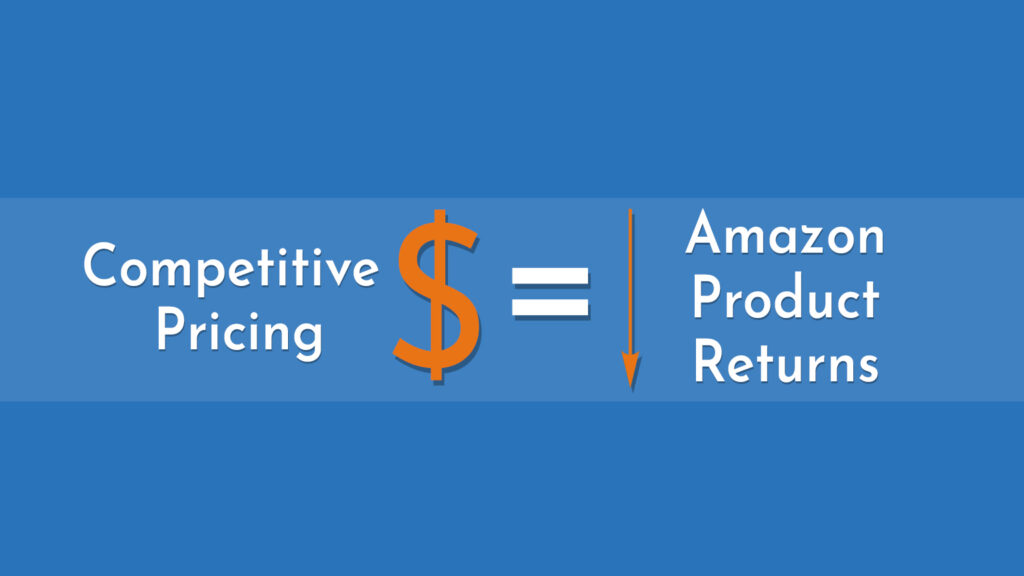
Even if customers aren’t completely satisfied with your product, they will think about keeping it if it is priced competitively. The reason? is that they haven’t spent enough to regret their purchase or feel the need to send the item back. amazing expectations come along with amazing prices. Consider purchasing $30 sneakers from a third-party Amazon seller as opposed to $80 shoes from Nike. You weren’t anticipating a high-quality shoe when you bought the shoes from the Amazon seller. The level of dissatisfaction is minimal even if they don’t fit perfectly. But things have changed with Nike. Your expectations have increased tenfold since you paid the original amount plus a second. You are likely to return the shoes and post a poor review if the sole has a small amount of faded color.
8. Identify The Problem
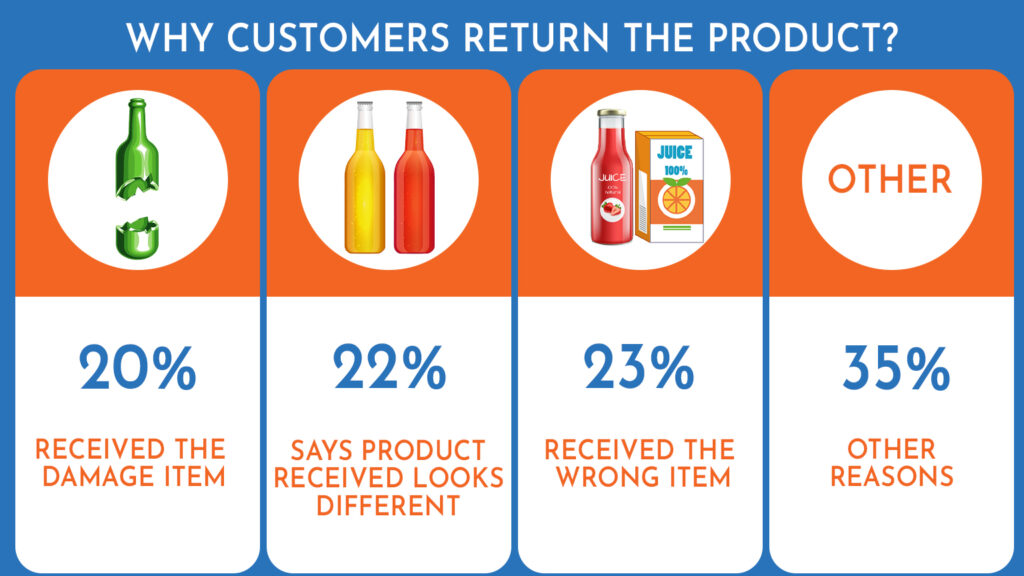
You may take the guesswork out and successfully resolve the matter by gathering information on the reasons why customers have returned your product. The majority of us assume there is a problem with the product itself when a product has a higher return ratio. However, it’s only an assumption, and you could be completely mistaken. Perhaps the pictures are deceiving the customers, or perhaps they didn’t get the right item, or perhaps the item they got was harmed. Once you are aware of the causes of returns, you have completed half of the work and may move forward with confidence. However, gathering information on prior returns is more difficult than it sounds. You will need to get in touch with every customer and find out why they are returning the item. Some will respond, but most won’t. Nevertheless, keep gathering data. Hire Amazon professionals or use a tool if you realize that you are too busy to do this yourself.
9. Include A Thorough Sizing Guide
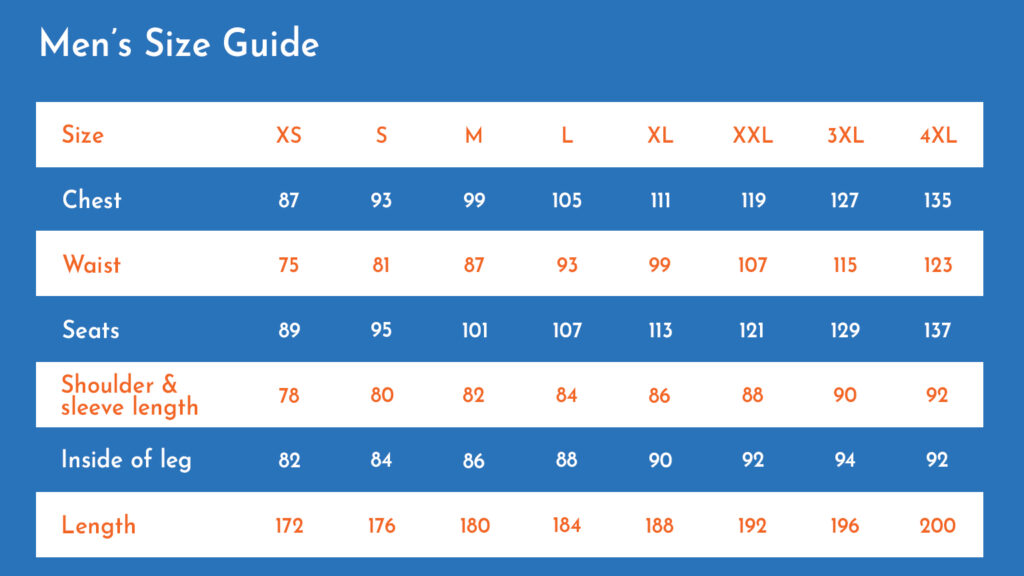
Make sure none of your bad reviews or client returns use the phrase “It didn’t fit!!” Unintentionally choosing the wrong size is a return that is assured. While it’s virtually impossible to have no sizing errors, including a size chart with measurements in inches or centimeters will greatly reduce them. You can go one step further and demonstrate to your customers how to determine their proper size. Always keep in mind that the easier you can make their decision-making process, the more probable it is that they will buy from you (even if your product is more expensive than that of your competitors).
10. Do You Know What Serial Returners Are?
The term “serial returner” refers to customers who repeatedly buy the same item in different sizes and colors to determine which one fits better or looks better before returning the majority of them. Due to this practice, Amazon will take action (through no fault of your own), increasing both your costs and the average return ratio. Analyze every return to spot these rogue returners so you can defend yourself. Although the process is time-consuming, it will prevent a lot of hassles in the future. The best course of action after that is to prevent them from purchasing your goods. Additionally, you can express this explicitly in your return policy and tell such people in a courteous email. Analyze your return data to identify customers who frequently make returns. Send a kind email asking them not to.
11. Study Your Negative Reviews
Every problem has a solution, and you can learn something from every bad review. Read them attentively to find the reasons why they gave negative feedback and returned the item. Address any recent 1-star reviews that might result in returns as soon as you find them, and do everything in your power to make the customer’s shopping experience better. Read your unfavorable reviews attentively and figure out what went wrong for the people who left them. Contact purchasers with recent unfavorable reviews at the same time to lessen prospective returns.
12. Examine The FBA Products
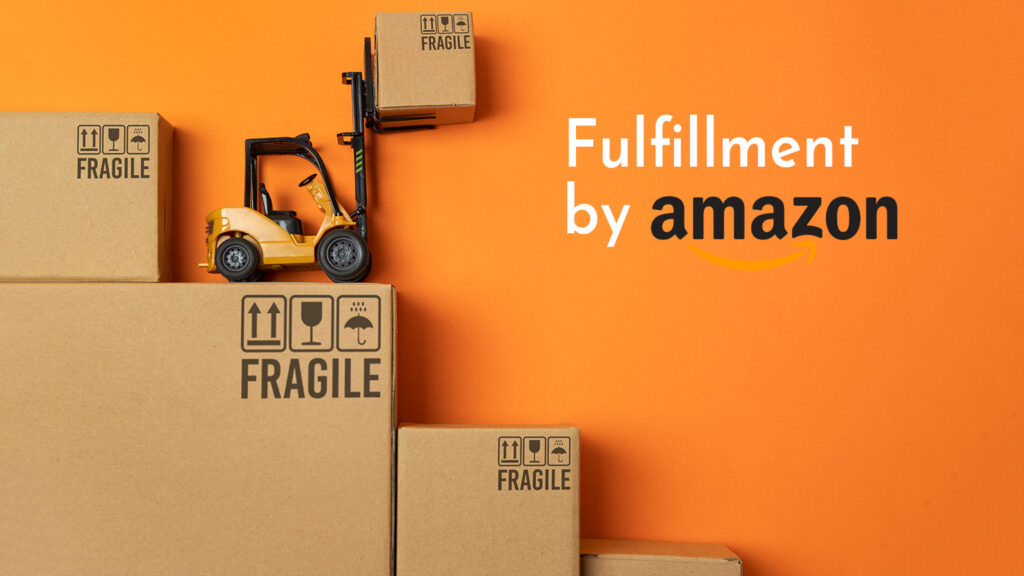
Send only flawlessly packaged things to FBA if you fulfill orders through FBA. “Stop sourcing borderline items,” advises Stephen Smotherman of Full Time FBA. Avoid sending the product to FBA since there’s a good probability that your consumer will care, even if you believe that a minor scratch or box issue isn’t a huge deal. When it comes to luxury goods and other expensive items in particular, ripped or subpar packing does not give the right impression to your customers. As a result, you should carefully inspect your FBA products. If you discover faulty goods during your inspection, you might also think about establishing a replacement agreement with your supplier or finding a different source altogether.
At the end of the day, more than just your return rate is at stake. If your products are consistently in poor condition, your brand reputation and feedback rating are also at stake.
13. Test Discounts & Offers

As mentioned before, a high return rate may be caused by the item’s price. Your price likely indicates a level of product quality that isn’t consistently met. So, if you have the option, you could want to experiment with various pricing points or run brief promotions to see if that aids in establishing expectations.
Another option to boost the perceived value of your product without necessarily altering the base price is to provide kits and packages. You can highlight the savings your consumers receive when they purchase large quantities of your goods by listing them as different ASINs. Examine your sales volume, return rate, and profit at the end of the day to determine the “sweet spot” for your price.
How to Check Your Return Rate on Amazon
You’ll need a technique to regularly evaluate your progress as you work towards lowering your Amazon return rate.
Here are a few methods for determining your Amazon return rate:
- Log into Seller Central and select the Reports option to view your overall refund rate. To view your Amazon seller account’s refund rate, go to Business Reports> Seller Performance. You may zoom in for a 7-day, 1-month, 3-month, 6-month, 1-year, and 2-year view and filter the data by day, week, or month.
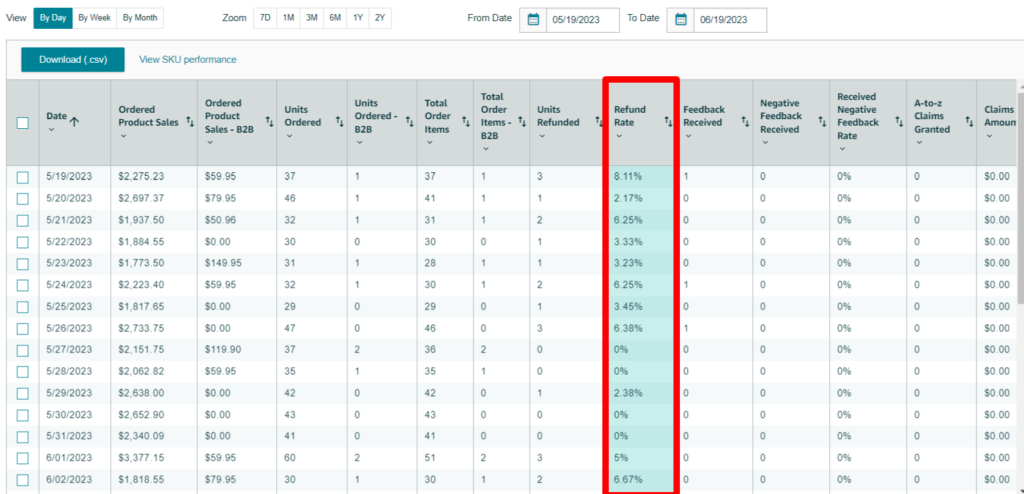
2. Start on the Reports page and select Fulfilment from the dropdown menu to locate your FBA return rate. Click on the FBA customer returns report under the Customer Concessions section on the left-hand side. All returns that have been processed at an Amazon fulfillment center are listed here. To focus on a specific product, enter your product data, or choose a date range or event date for a more general view.
3. You can also get a list of returned products from the Returns tab via Return Reports.

4. Utilize the Returns Performance dashboard on Amazon. This application, which was introduced in 2021, assists merchants who handle Amazon returns manually. The dashboard offers helpful information on three crucial performance metrics: the percentage of return-related buyer contact requests that are accepted in less than 24 hours, rejected, and approved in more than 24 hours. You will be able to assess your performance about Amazon’s desired threshold. On the Manage Returns tab, you can view a summary of your return performance metrics.
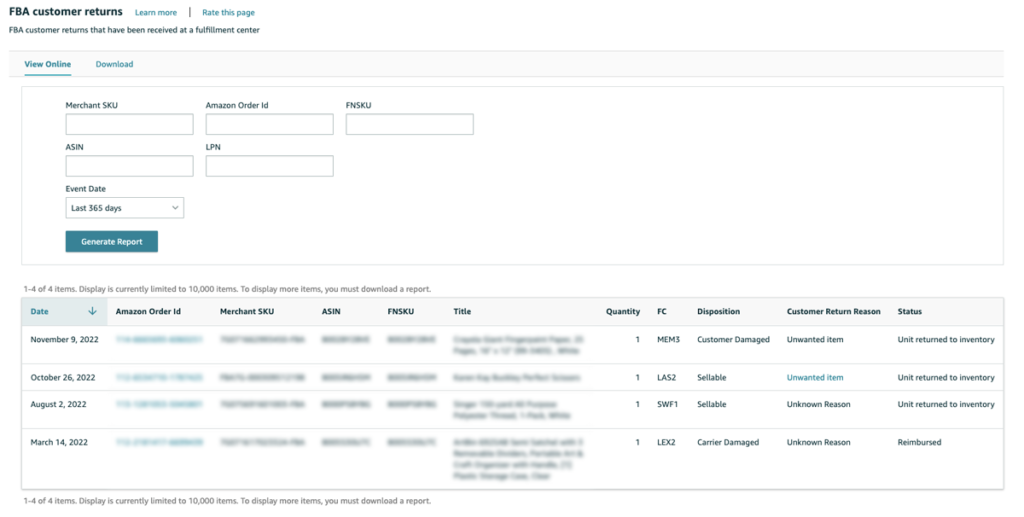
Final Thoughts
There is no need to be afraid of returns because they are a part of the Amazon seller’s package. You may sift out the needless returns and preserve your seller reputation as long as you are diligent and truthful with your product offering. If your Amazon return rate is high, spend some time identifying the weakness in your service and working to fix it. In addition to being fantastic for your business, lowering your Amazon return rate improves the shopping experience for customers.
Everyone benefits when the item they got is exactly what they requested. You can increase sales that last by clearly defining expectations and making sure clients receive goods in acceptable condition.
How SIPRANSH ECOMMGROWTH Help You Reduce the Amazon Return Rate?
1. Accurate Product Descriptions: The Sipransh E-commerce agency can ensure that your product listings have accurate and detailed descriptions, including information about dimensions, materials, colors, and any other relevant specifications. Clear and comprehensive descriptions help set accurate customer expectations, reducing the likelihood of returns due to miscommunication or misunderstandings.
2. High-Quality Product Images: Providing high-quality and accurate product images can help customers get a clear understanding of what they are purchasing. Our Amazon e-commerce agency can help you create visually appealing images that showcase your products from different angles and provide accurate representations of their appearance. This reduces the chances of customers being disappointed with the product’s visual aspects, leading to fewer returns.
3. Detailed Sizing & Fit Information: If you sell apparel or products where sizing is crucial, our team of Amazon experts can provide detailed sizing information, including measurements, size charts, and fit recommendations. This helps customers make informed decisions, minimizing the chances of returns due to incorrect sizing or poor fit.
4. Customer Support & Communication: Our Amazon seller agency establishes effective customer support processes to address customer queries and concerns promptly. Timely and helpful communication can prevent potential returns by addressing customer issues, providing solutions, and ensuring customer satisfaction.
5. Return Policy Optimization: Our team review & optimize your return policy to make it clear, fair, and customer-friendly. A well-defined and transparent return policy can give customers confidence in their purchase decisions, reducing the hesitation to buy and the likelihood of returns.
6. Product Quality Control: We help you implement quality control measures to ensure that the products you sell meet high standards. By working closely with suppliers and manufacturers, they can help you identify and resolve potential quality issues before the products reach customers, minimizing returns due to defective or subpar items.



